Do you have a 401(k), an IRA, or other type of retirement account? If so, may have heard about pre-tax and after-tax contributions. Understanding the differences and how they can affect your cash flow and taxes now and in the future can make an impact on your financial plan.
Pre-Tax Contributions
Pre-tax investments are also called tax-deferred investments, as the invested assets can benefit from tax-deferred growth. Traditional IRAs and 401(k)s are examples of retirement accounts that use pre-tax contributions. You can put off paying taxes on the contributions you make to these accounts until you start to take distributions. When you take distributions from these accounts, you may owe taxes on the entire withdrawal, including the original contribution amount and the gains the account has received from the investments.
Under the SECURE Act, once you reach age 72, you must begin taking required minimum distributions (RMDs) from traditional IRAs, 401(k)s, and other defined contribution plans that received pre-tax contributions. Withdrawals are taxed as ordinary income and, if taken before age 59½, may be subject to a 10% federal income tax penalty. Contributions to a traditional IRA may be fully or partially deductible, depending on your adjusted gross income.
The important consideration to make with these kinds of retirement accounts is that If you have saved and invested much of your life, the income resulting from an RMD could push you into a higher tax bracket and you may also end up paying more taxes than you expect.
After-Tax Contributions
An after-tax contribution is a contribution you make to a retirement account with income you've already paid taxes on. For example, this would be money deposited in your checking account after your employer withheld federal and state income taxes from your paycheck. A Roth IRA is an example of an after-tax retirement account. When you put money into a Roth IRA, the contribution is made with after-tax dollars. As a trade-off, you may not owe taxes at all on any of the withdrawals from the Roth IRA, whether it's original contributions or gains from investments. Of course, certain rules need to be followed for this treatment, such as withdrawing no less than five years after the account is opened and after 59½, or for specific needs. With distributions from a Roth IRA, since the income you receive is no longer taxable, your adjusted gross income in retirement is not affected and there is no RMD. This helps to keep your taxable income and you tax liability lower in retirement.
Some employers may have Roth contributions to a 401(k) as well, providing the option to be able to avoid taxes on gains in 401(k) accounts in the future during retirement.
Should You Have Both a Traditional IRA and a Roth IRA?
It may seem redundant, but it could help you manage your tax situation to contribute some money to a traditional IRA and some to a Roth IRA. You may want to contribute a certain amount to your Traditional IRA to lower your adjusted gross income enough to move you to a lower tax bracket and reduce your current tax liability, but then contribute some money to your Roth IRA to take advantage of tax-free growth and withdrawals in the future.
Everyone's situation is different. For some investors, a traditional IRA may make more sense, whereas a Roth IRA may make more sense of someone else. And for some investors a combination of both may make sense. And some may benefit from Roth contributions to their 401(k), whereas others may not. For help navigating the different retirement accounts you may have or that are available to you, and pre-tax and after-tax contributions, feel free to...
This content is developed from sources believed to be providing accurate information. The information in this material is not intended as investment, tax, or legal advice. It may not be used for the purpose of avoiding any federal tax penalties. Please consult legal or tax professionals for specific information regarding your individual situation. The opinions expressed and material provided are for general information, and should not be considered a solicitation for the purchase or sale of any security. Digital assets and cryptocurrencies are highly volatile and could present an increased risk to an investors portfolio. The future of digital assets and cryptocurrencies is uncertain and highly speculative and should be considered only by investors willing and able to take on the risk and potentially endure substantial loss. Nothing in this content is to be considered advice to purchase or invest in digital assets or cryptocurrencies.
Enjoying Escient Financial’s Insights?
The weekly newsletter is usually delivered to your email inbox Friday or Saturday, and includes:
- the latest Escient Financial Insights articles
- a brief of the week's important news regarding the markets
- recommended third-party reads
- selected Picture of the Week
Escient Financial does NOT sell subscriber information. Your name, email address, and phone number will be kept private.
















